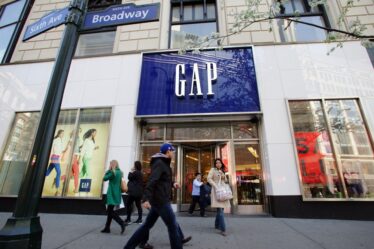
US retail sales are expected to rise as much as 3.5 percent this year, a slower pace than 2023, industry body National Retail Federation said on Wednesday, as sticky inflation dampens hopes of a strong recovery in consumer spending.
US consumer prices increased solidly in February on higher costs for gasoline and shelter, the second straight month of firmer inflation readings from the Labour Department.
Big retailers, including Walmart and Target, have laid out conservative forecasts for the year, as shoppers navigate an uncertain macroeconomic environment.
Mixed economic data has also pushed back expectations for the US Federal Reserve’s first interest rate cut to June from May.
The NRF has projected retail sales to rise between 2.5 percent and 3.5 percent this year to between $5.23 trillion and $5.28 trillion, compared with a 3.6 percent growth in 2023.
The trade body expects inflation to moderate to 2.2 percent on a year-over-year basis in December, due to a cooling labour market and retreating housing costs.
Retail sales, as defined by NRF, include both store-based and online purchases in a broad range of retail setting but excludes purchases at automotive dealers, gasoline stations and restaurants.
“The resiliency of consumers continues to power the American economy, and we are confident there will be moderate but steady growth through the end of the year,” NRF President and CEO Matthew Shay said in a statement.
“I assumed mid-year reduction in the Fed funds rate, although I’m at the point where it could be moving out. That could negatively impact considerably on decision making by consumers,” NRF Chief Economist Jack Kleinhenz said.
By Juveria Tabassum; Editing by Sriraj Kalluvila
Learn more:
US Retail Sales Rebound in February, Weekly Jobless Claims Fall
US retail sales rebounded in February, driven by increases at auto dealerships and gasoline service stations, but consumer spending is slowing as households grapple with inflation and higher borrowing costs.



